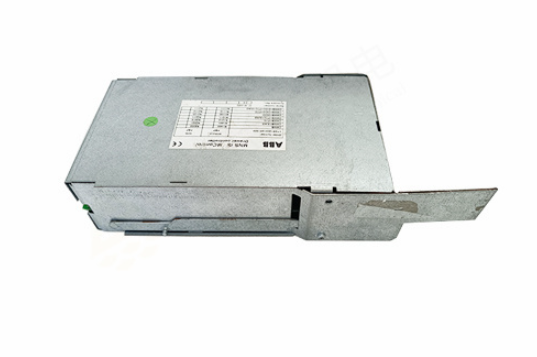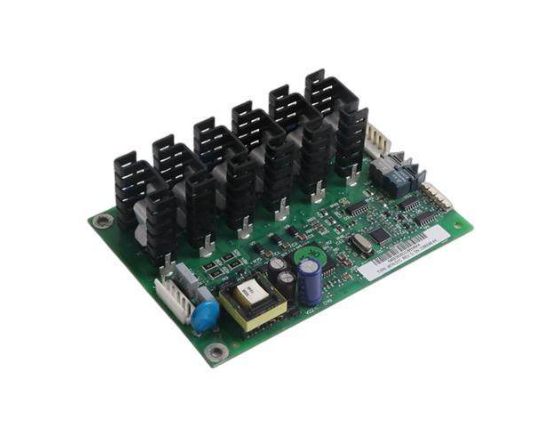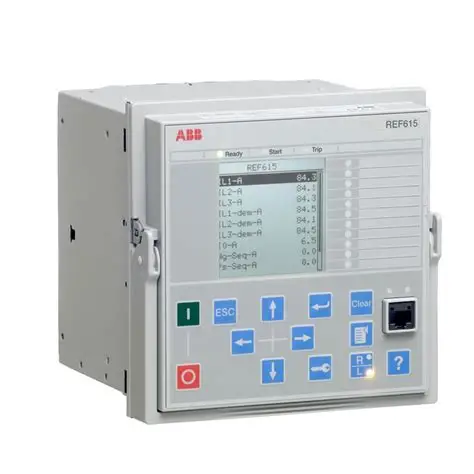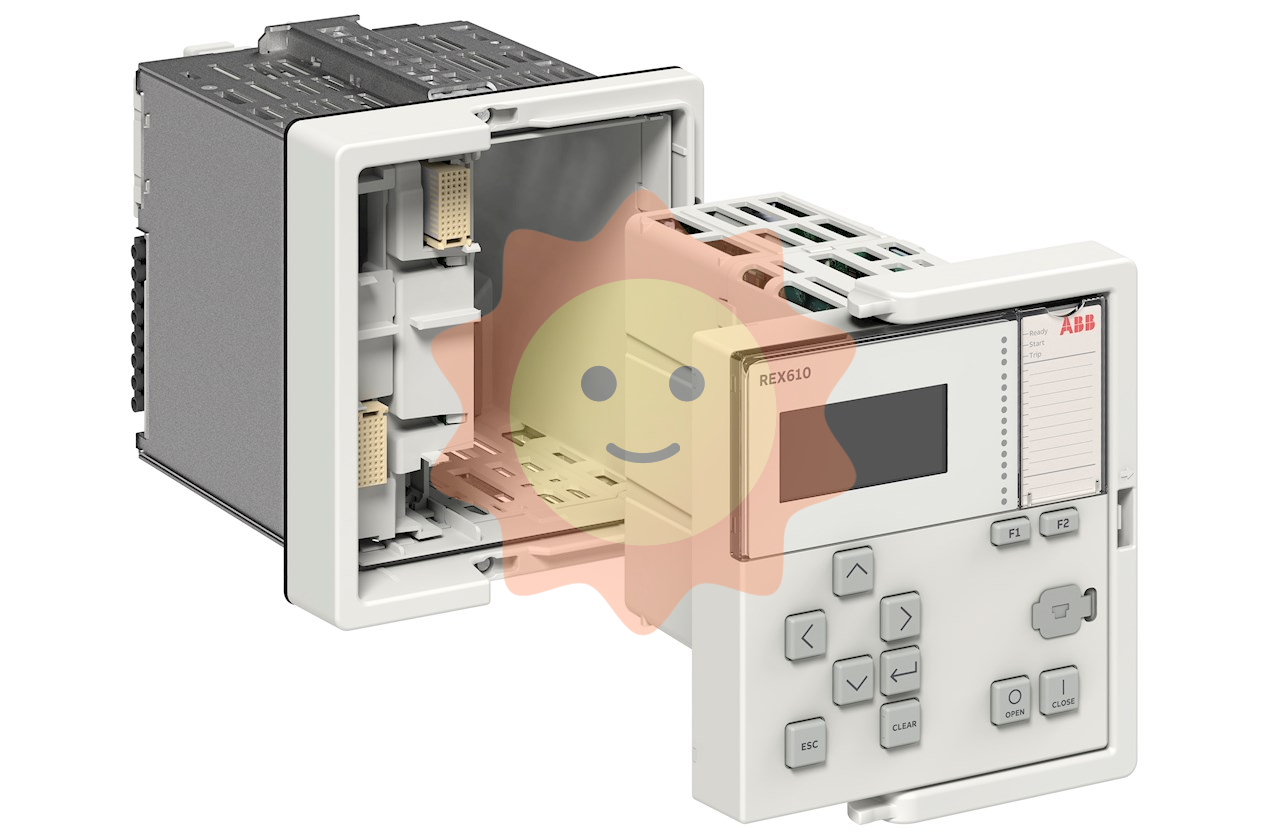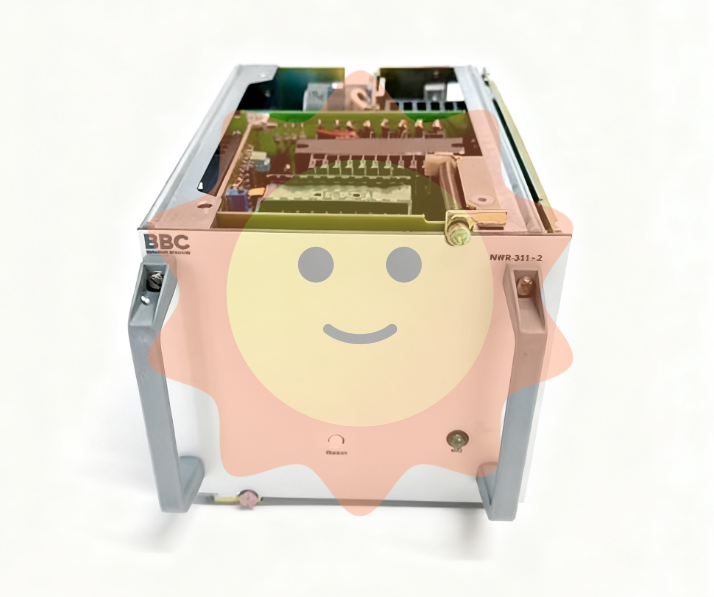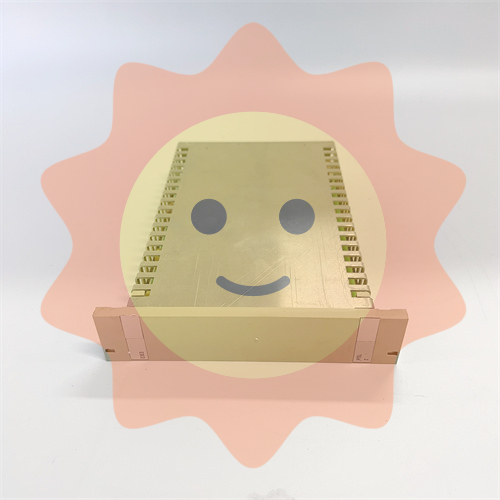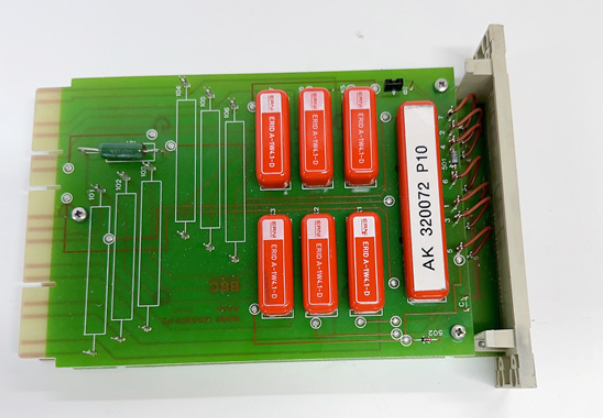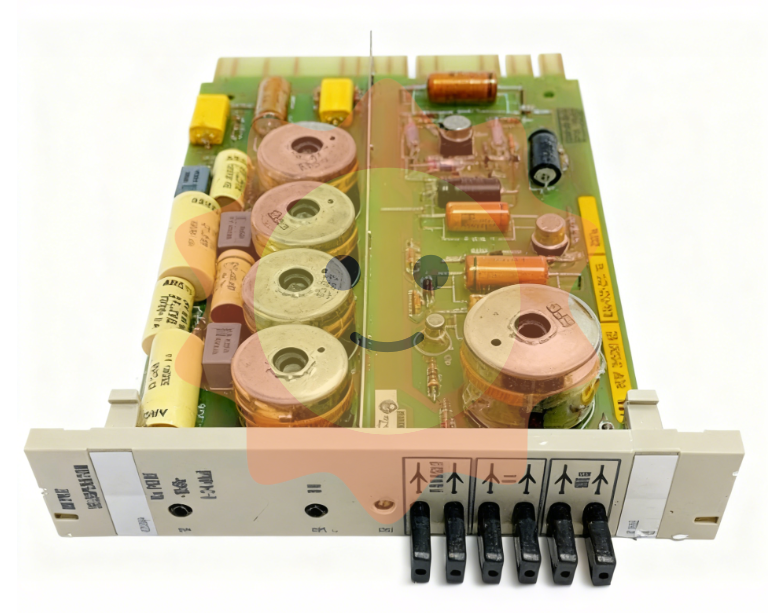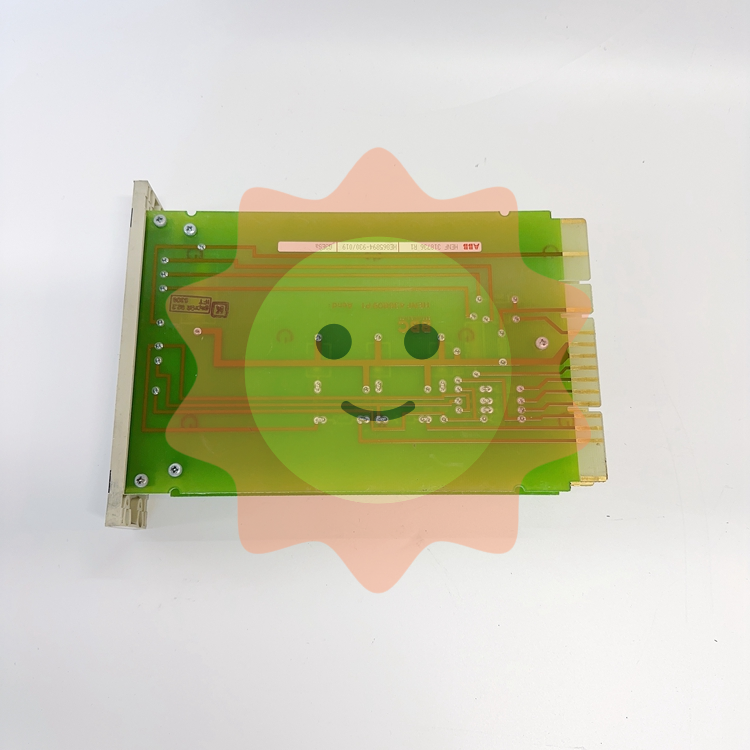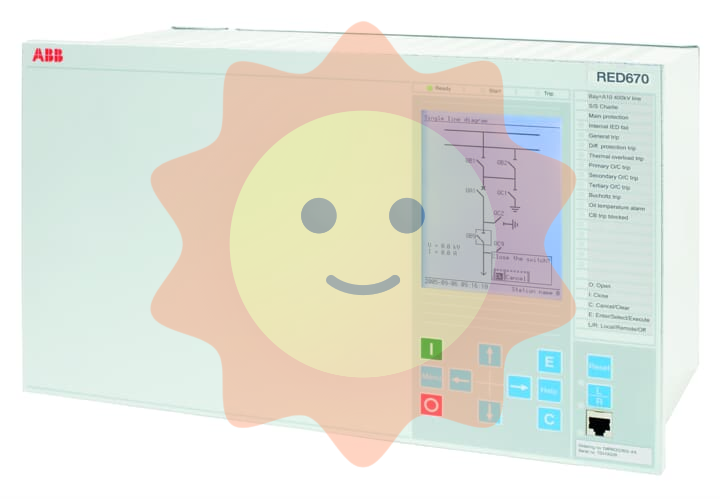Mine geological environment ecological restoration
China is an important producer and consumer of mineral resources, and the exploitation and utilization of mineral resources will inevitably bring negative impacts on land, ecology and environment. For example, coal gangue mountains occupy land, land subsidence, landform landscape changes, toxic gas emissions and soil pollution. The ecological damage of mine geological environment ecosystem is inevitable in mining activities. Therefore, the ecological restoration of mine geological environment is one of the key points of territorial ecological restoration.
1. Mine geological environment problems
Mine geological environment refers to a relatively independent environmental system in which the material exchange and energy flow between the surface layer of the lithosphere and the components of the atmosphere, hydrosphere and biosphere in the mine that has been exploited, is being exploited or is about to be exploited. This system is based on the lithosphere and dominated by the exploitation of mineral resources, which constantly changes the geological environment of the natural environment balance of the lithosphere on the earth's surface.
The exploitation of mineral resources has caused, produced and intensified the geological environment problems of mines, and their types, manifestations and severity, etc. It is closely related to the type of mineral resources developed (oil and gas, coal, metal minerals, stone, cement limestone, brine salt ore, etc.), development mode (open-pit, well mining), regional geological environment conditions (mountain type, Loess plateau type, Gobi desert type, plain basin type), mining scale and other factors (Xu Youning, 2008). Take positive measures to protect, mitigate and reduce the negative impact of mining activities on the geological environment and promote the sustainable development of the mining industry (Department of Geological Environment, Ministry of Land and Resources, 2002).
In essence, mine geological environment and mine environmental geology are different from each other and have a lot of connections. Many scholars believe that mine geological environment should refer to the primary geological environment, and mine environmental geology should refer to the environmental problems generated by mining activities.

According to different classification principles and purposes, there are different classification systems for geological environment problems in mines. Because the source is mining activities, its characteristics are distinct, the occurrence and development are regular to follow. From the time point of view, the mine geological environment problems are frequent, if not repaired, the duration exceeds the mining and settling time. From the perspective of types, the mine geological environment problems are various, including the common geological environment problems such as debris flow, collapse and landslide, and the mine unique geological environment problems such as mining collapse, tailings dam break, mine water and soil environmental pollution. In terms of control, the geological environment of mines is controllable, and its exploration, construction, mining and reclamation activities are selective and strictly regulated by national laws and regulations.
The mainstream classification of mine geological environment problems is based on the similarities and differences of mine geological environment objects, and its purpose is to investigate and study the mine geological environment for public benefit. It follows the principle of practicality and scientificity, and divides the mine environmental geological problems into three types and many manifestations according to the results of mining activities.
(1) The problem of mine resources
It mainly refers to the problems of occupation and destruction of surface construction resources or underground mining resources due to mining activities, including the problem of mine closure, mine construction occupation, coal gangue discharge and so on. This type of problem focuses on the resource problems in mining activities and makes little distinction in geological objects, mainly considering the overall volume change, storage and management planning, and is similar in ecological restoration ideas and ecological restoration purposes.
(2) Mine hydrogeology problems
It mainly refers to the change of surface water system structure, water quality and water quantity affected by mining activities, as well as the change of groundwater structure, water quality and water quantity, including the influence of underground water permeation and water inrush. This type of problem is related to the mine hydrological environment, considering the change of water body within the influence range of mining and its impact on the mine ecosystem, including people, resources and environment. It is a relatively independent type with special ecological restoration measures.
(3) Mining surface geological disasters
It mainly refers to mining induced geological disasters such as collapse, landslide, debris flow, mining collapse, tailings dam break, coal gangue mountain spontaneous combustion and other mining specific geological disasters. This type of problem refers to the geological disasters on the surface of the mine, and rarely involves the mining and safety thinning problems in the mining process such as underground gas and coal dust explosion or sheet roof collapse, and the main type is the common geological disasters on the surface.
2. Problems of mine ecological environment
Ecological environment refers to the quantity and quality of water resources, land resources, biological resources and climate resources that affect human survival and development, and is a composite ecosystem related to sustainable social and economic development. In mining areas, the problem of mine ecological environment appears as an extension of the words "mine environment", "mine ecology" and "mine ecosystem", etc. In common use, the difference in terms is not distinguished, and users all use the concept of mine ecological environment or similar terms when talking about different problems of mine environment. Conceptually, the problem of mine ecological environment is more like the consideration of the entire mine ecosystem. However, this inclusive term is not conducive to elucidate the subdivision and connotation of the mine ecological environment.

Mine ecological environment problem and mine geological environment problem are in contrast to each other. We narrow the framework of mine geological environment problem, and put a wide range of mine geological environment problems or a certain part of mine environmental problems into the mine ecological environment problem, because this part of the problem is specific in the object of concern and ecological restoration. It is talked about on a purely ecological level, which is consistent with the "ecology" in the common sense. In academic research or practice, these problems are more summarized under the "ecological" framework and discussed in the "ecological" field. From a certain point of view, these problems are not only unique examples in the mining environment, but the "core problems" they can abstract are conducive to the solution of other ecological problems, not only the solution of geological environmental problems. The purpose of this division is to emphasize the differences of restoration concepts and methods in the ecological restoration of mine geological environment, and to clarify the differences of various types of problems in the purpose of ecological restoration of mine geological environment.
(1) Mine soil environment problems
It mainly refers to the problem that the physical and chemical properties of mining soil are affected under the influence of mining activities. This type of problem aims at the duration of mining activities and the damage to the physical and chemical properties of the soil that may be caused after the mine closure, and the damage to the mining areas growing on it. It is a kind of problem that needs long-term attention. Although there are many pollution objects, including cultivated crops, forest and grass, etc., the induced source is all mining activities, and theoretically the controllable way is the same. Mine soil environment is a hot issue in mine ecological environment monitoring and pollution control.
(2) The destruction of mine landform landscape
It mainly refers to the damage caused by surface collapse caused by mining activities to landform, cultural landscape and historical relics. This type of problem includes the concern about the destruction of surface natural landscape, the concern object is the evolving surface natural landscape itself, and the belief that the change of natural landscape caused by external intervention is the destruction of the natural form of ecological objects to some extent. It is worth noting that in the geological environment of mines, more attention is paid to the impact of geological disasters caused by mining collapse on neighboring objects (people and people's assets), which is also the reason for the division of mine ecological environment and mine geological environment.
3. Conceptual connotation of mine geological environment ecological restoration
(1) Concept development of land reclamation and mine geological environment protection
For the ecological damage caused by mining, the earlier focus was on land issues. People had a sense of spontaneous land consolidation and restoration earlier, but it did not become a system. Abroad, the United States and Germany are the first countries to carry out land reclamation work. The implementation and supervision of land reclamation and restoration projects cannot be separated from the constraints and supervision of laws and regulations. In the 1950s and 1960s, many industrialized countries accelerated the establishment and improvement of their own land reclamation laws and regulations, and consciously entered the era of scientific reclamation.
The land reclamation management in the United States has always been at the world's advanced level, whether it is the formulation of reclamation laws and regulations, or the practical activities of restoration projects, are in the forefront of the world. The research focus of mining reclamation in the United States is open pit. Germany has a long history of mining and land reclamation work was carried out earlier. As early as the Basic Mining Law amended in 1954, mining enterprises were required to pay attention to the protection and reclamation of the surface during the mining process and after the mining work, so that the ecological environment could be quickly restored. Land reclamation from the initial simple afforestation of mining land, to the economic benefit as the reclamation index, and then to the mixed reclamation model, all reflect the enhancement of ecological consciousness. Australia is considered to be one of the countries in the world that successfully dispose of disturbed land, with green reclamation concept, perfect reclamation management system and advanced reclamation technology and methods, and has achieved world-renowned results. Poland's coal mining methods and forms of land destruction are the most similar to our country, the proportion of mine mining is as high as 68%, but because the contradiction between people and land in Poland is not outstanding, land reclamation mainly focuses on the management of gangue mountain, for the formed coal mining subsidence land, is mostly reclamation according to the actual subsidence situation. In India, open pit mining accounts for 81% of all coal resources, and only 19% of coal is produced by shaft mining, and shaft mining mainly adopts room and pillar mining, so open pit coal mine is the main research object of land reclamation. Therefore, land reclamation in foreign countries is mainly based on open pit mines, and attaches great importance to the protection of ecological environment in mining areas, and regards reclamation work as an indispensable part of mining activities at the beginning of mining.

For our country, foreign open-pit mining experience can not be directly transplanted to China's mining with Wells. Its real embryonic stage in the 1980s to 1990s, such as 1982 Ma Enlin and other compiled "open-pit mining rehabilitation", the Ministry of Coal industry organized the implementation of the "six Five" scientific and technological research project - subsidence area comprehensive management of land reclamation research Institute was established in 1987, standard land reclamation began to be organized in China. The "Regulations on Land Reclamation" promulgated on November 8, 1988 and effective on January 1, 1989 (Decree No. 19 of The State Council) marked the beginning of China's land reclamation on the road of legalization. With the formation of land reclamation, the basic concepts and the definition of the basic problems have become important issues. The focus of the researchers, the concept definition of the subject and the practical application all show that land reclamation is not only about the restoration of land resources, but also about the restoration and reconstruction of the ecosystem and the role of protecting the environment.
This discussion on a clear concept lasted for many years, when the concept of "green mining" in mining areas was on the rise, and the awareness of ecological protection was raised all over the world. As the research focus of land reclamation gradually shifted to soil reconstruction, ecological restoration in mining areas, and vegetation reconstruction, the purpose of land reclamation was constantly clarified. In other words, the purpose of land reclamation in mining area should always be the restoration of mining area ecosystem, and the terms of land reclamation and ecological restoration have entered the public vision for the first time. Since then, researchers have begun to focus on dynamic land reclamation and ecological reconstruction from static land reclamation. Concepts such as dynamic pre-reclamation, mining while recovering and integration of mining and recovery have been constantly declared and discussed. Hu Zhenqi et al. (2013a, 2013b) discussed in detail the relationship and combination of mining, reclamation and ecological reconstruction in their papers on mining while recovering and integration of mining and recovery, which more closely linked land reclamation and ecological reconstruction with mining area mining itself. At the same time, researchers have found that the research fields of land reclamation, geological environment protection in mining areas, and ecosystem protection in mining areas are essentially exploring the problems of mining and ecological environment destruction and reconstruction at the same level and in the same content. In 2016, the Ministry of Land and Resources issued a document combining the "Mine geological environment Protection and Treatment restoration Plan" and the "Mine land Reclamation Plan", which means that the restoration of this mining geological environment was officially integrated.
From a certain point of view, the ecological restoration of mine geological environment is the integration of land reclamation and ecological restoration, mine geological environment protection and restoration management, and its integration is inevitable in the practice and theoretical definition of ecological restoration.
(2) Connotation and function of mine geological environment ecological restoration
In a clear definition, the ecological restoration of the mine geological environment should refer to the restoration and reconstruction of the destruction of the mine ecosystem caused by mining through a variety of ecological environmental restoration means. Mineral exploitation will inevitably lead to the destruction of the ecological system of the mine environment, so the ecological restoration of the geological environment of the mine is aimed at the problems caused by the mining, and its connotation is to balance the mining and ecological protection. In fact, it is a means of balancing the destruction of ecosystems by human development with their conservation, and its effects include:
1. Restore land resources and solve the contradiction between people and land
Land is the guarantee of human daily life, and land issue is an important problem in our country. Mining leads to the loss of a large number of land resources. Without the restoration of the geological environment and ecology of the mine, these land resources cannot be used again. The restoration of land resources and the improvement of the quality of land resources can effectively alleviate the contradiction between man and land.

2. Protect the ecological environment and improve the quality of life
Mine geological environment ecological restoration is a large-scale project closely combined with ecological environment reconstruction. The ecological significance of mine geological environment ecological restoration and land damage control caused by mining is extremely great. Not only can the environmental damage caused by large-scale coal mining be restored to a certain extent, but also the fragile ecosystem can be improved before mining. Building green shelterbelts through vegetation reconstruction can prevent the degradation of surrounding ecosystem and land erosion and desertification. Its influence on biodiversity, the diversity and stability of plant ecosystem, attracting the return of surrounding animal communities, increasing the diversity of animal communities, achieving the dynamic balance of plant and animal communities, and affecting air quality and local microclimate have significant effects on improving the quality of life of mining residents.
3. Alleviate social contradictions and solve the problem of employment for the masses
The ecological restoration of mine geological environment can improve the working environment of mine workers, reduce the land damage caused by mining engineering, reduce the loss and harm caused by mining, and ensure the safety of mine production. Through the construction of dry land, forest land and grassland, the restoration of surface vegetation can reduce the damage of ecological environment, and play a good role in improving the mine environment and the land use structure of the surrounding area, so as to promote the coordinated development of the local area; After the restoration is completed, the land management in the governance area requires more staff, so more employment opportunities can be provided for the personnel in the governance area. Therefore, mine geological environment ecological restoration is related to the national economy and people's livelihood, not only has great significance for the development of production, but also has great significance for the stability, unity and stable development of the whole society.
4. Achieve sustainable development of land area and mining area
Mining activities are one of the important factors that cause environmental damage. Mining activities cause serious damage to the ecological system within the territory and mining area, and the subsequent development and utilization of the mining area and the sustainable life of the people are not guaranteed. Only by carrying out ecological restoration of the geological environment of the mine can the damaged land, rivers, occupied and polluted resources be restored to their usable state. Only by successfully realizing the ecological restoration of the geological environment of the mine can the people in the mining area, as a part of the territorial life, get a sustainable guaranteed quality of life. It will be an important part to ensure the sustainable development of the area around the coal mine, so it has important social benefits.
- EMERSON
- Honeywell
- CTI
- Rolls-Royce
- General Electric
- Woodward
- Yaskawa
- xYCOM
- Motorola
- Siemens
- Rockwell
- ABB
- B&R
- HIMA
- Construction site
- electricity
- Automobile market
- PLC
- DCS
- Motor drivers
- VSD
- Implications
- cement
- CO2
- CEM
- methane
- Artificial intelligence
- Titanic
- Solar energy
- Hydrogen fuel cell
- Hydrogen and fuel cells
- Hydrogen and oxygen fuel cells
- tyre
- Chemical fiber
- dynamo
- corpuscle
- Pulp and paper
- printing
- fossil
- FANUC
- Food and beverage
- Life science
- Sewage treatment
- Personal care
- electricity
- boats
- infrastructure
- Automobile industry
- metallurgy
- Nuclear power generation
- Geothermal power generation
- Water and wastewater
- Infrastructure construction
- Mine hazard
- steel
- papermaking
- Natural gas industry
- Infrastructure construction
- Power and energy
- Rubber and plastic
- Renewable energy
- pharmacy
- mining
- Plastic industry
- Schneider
- Kongsberg
- NI
- Wind energy
- International petroleum
- International new energy network
- gas
- WATLOW
- ProSoft
- SEW
- wind
- ADVANCED
- Reliance
- YOKOGAWA
- TRICONEX
- FOXBORO
- METSO
- MAN
- Advantest
- ADVANCED
- ALSTOM
- Control Wave
- AB
- AMAT
- STUDER
- KONGSBERG
- MOTOROLA
- DANAHER MOTION
- Bently
- Galil
- EATON
- MOLEX
- Triconex
- DEIF
- B&W
- ZYGO
- Aerotech
- DANFOSS
- KOLLMORGEN
- Beijer
- Endress+Hauser
- MOOG
- KB
- Moxa
- Rexroth


Email:wang@kongjiangauto.com

